
views
Steps
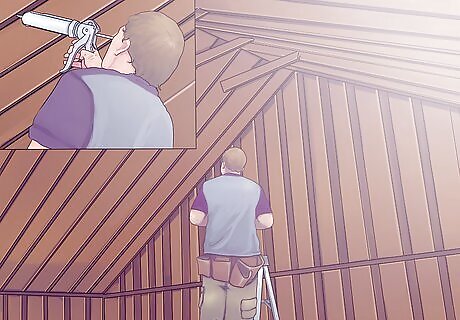
Seal all ceiling openings. Stand on a ladder and using a caulk gun, seal any areas where there is visible wiring or plumbing. Check the joists and wall plates for any holes or openings. Be sure to seal around any PVC pipes as well. This will protect the room from air infiltration and will also suppress fires.
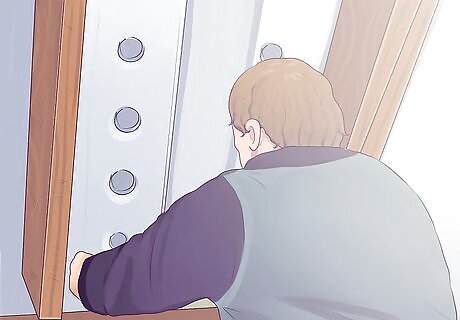
Install baffles on vents. Also called vent chutes, the baffles will make sure there is enough air flowing for ventilation needs. Baffles are available in prefabricated models, built to fit the measurements of your ceiling joists. Put the baffle between the joists, starting where they join at the exterior wall plate. Attach the baffles to the interior of the joists using a staple hammer and cover the wall plate area completely. There should be a 1 inch (2.54 cm) space beneath the plywood sheathing.

Continue installing baffles until baffles are attached to all the vents.

Press the Kraft faced insulation batts between the joists. The side exposing the kraft paper must face downward. There must be at least 1 inch (2.54 cm) of space beneath the roof's plywood sheathing. This will ensure adequate airing.
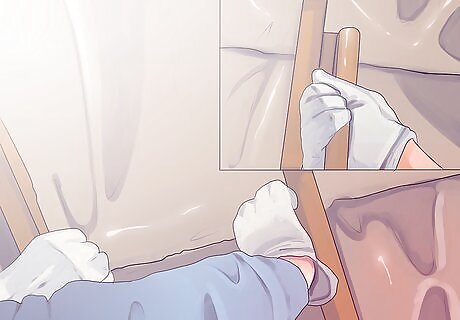
Attach the paper flanges to the joists at the bottom by stapling them every 8 inches (20.32 cm). Keep the insulation at least 3 inches (7.62 cm) away from any sources of heat sources such as chimneys or recessed lights.
Insulating With Unfaced Fiberglass Batts
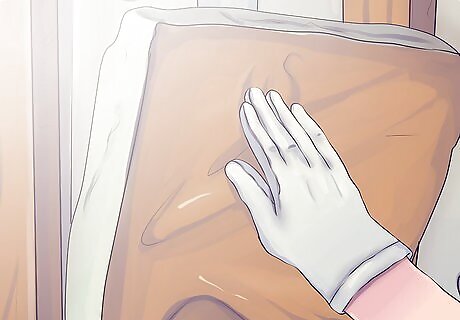
Press the fiberglass batts between the joists. Leave at least 1 inch (2.54 cm) under the roof's plywood sheathing for adequate airing. There is nothing to staple with fiberglass batts. Put talcum or baby powder on your hands and forearms when you work with fiberglass. It prevents the fiberglass from accessing your pores. When you finish the work and remove the powder, you will not feel itchy.
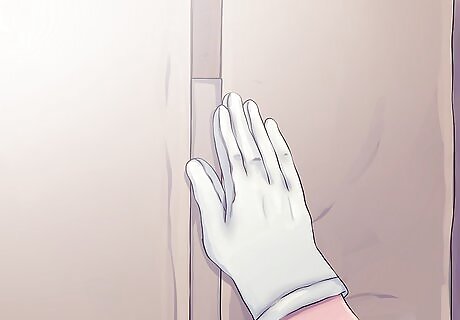
Cover any gaps by cutting some scrap insulation that was not used and plug the holes.




















Comments
0 comment